I'm a digital product leader based in New York City. Since 2016, I've led the 0-1+ development of successful AI-enabled automation products and platforms in multiple industries. See highlights of my work under Professional Experience.
In each of my product management roles, I've collaborated closely with engineers, designers, users, executive leadership, and other stakeholders at every level to build innovative products that have forged new paths forward for individual businesses and broader industries. I've worked remotely with globally-distributed teams for over 7 years.
In my free time, I design and build interactive experiences that incorporate generative AI, computer vision, color analysis, audio visualization, and (most importantly) a sense of humor — see highlights under Personal Projects.
Ready to build something new? Contact me at kate@sweeneykate.example.com.

shopyourcolors.com
Shop Your Colors uses image segmentation and color theory to automate personal color analysis, which is typically a slow and expensive process reliant on in-person consultation. Shop Your Colors enables users to simply upload a selfie to instantly shop clothing across retailers in the best colors for their unique complexion. Additionally, users can search for products in a specific color by simply selecting a color from a photo or color picker. The home page loads a random color search to prompt immediate user engagement.
I taught myself full-stack development in 2020 to build and deploy this web app and an accompanying (but now deprecated) iOS app. I independently designed and built a unique image segmentation-based color recommendation algorithm, color search and palette generation algorithms, and an overall application architecture and database to index and search products by precise color and related colors. I integrated an open source face detection model to support segmentation and analysis of user-submitted photos and built a custom algorithm to extract and analyze colors from specific segments. I built web scraping tools and leveraged an open source color extraction algorithm to extract and help index the prominent colors of hundreds of thousands of online product photos alongside scraped product metadata. Additionally, I integrated and customized an open source color picker UI to enable users to choose precise colors for direct color searches.
• Node.js, JavaScript, HTML, CSS, MySQL, Python, Google Analytics; currently rewriting frontend in React
• Logo, icons, and layout designed in Figma
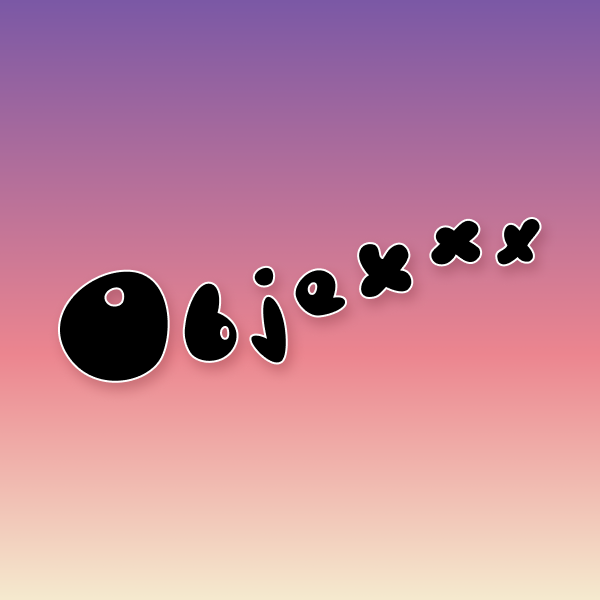
objexxx.com
An experiment in generative entertainment, Objexxx uses LLMs to generate absurdist object romance stories. The home page displays a random previously-generated story to immediately engage users in an LLM-powered "choose-your-own-adventure" experience — users can generate infinite subsequent chapters for each story by selecting pre-generated prompts or entering custom prompts at the end of each chapter. Users can also generate entirely new stories that are automatically published to the “canon” (database) and eligible for random display on the home page.
From a technical standpoint, I've used this project to strengthen my skills in prompt engineering, prompt chaining, integrating structured LLM outputs, and LLM-assisted development. I carefully guided Claude 3.7 Sonnet in writing and refining code to accelerate the development of this web app. UI interactions are tracked via Pendo and Google Analytics to inform product refinements.
• React, PostgreSQL, LLM prompt engineering, OpenAI API integration, Pendo, Google Analytics

no-clouds.com
Chrome Web Store listing
No Clouds is a simple interactive audio visualizer that helps users focus on dense or long narrative audio content. Available as a Google Chrome browser extension, No Clouds is compatible with virtually all online audio streams.
I decided to launch the first version of this app as a browser extension to maximize compatibility with a worldwide range of audio sources, thereby maximizing reach. This approach also streamlines the user experience of connecting the app to an audio stream (users simply open the extension from any website playing audio) and minimizes technical barriers such as audio provider API authentication, rate limiting, and end user device compatibility. Prototype development was accelerated by LLM code generation — I guided Claude 3.7 Sonnet, GPT-4, and GPT-3.5 in writing code for this project.
• HTML, CSS, JavaScript, real-time audio data visualization through dynamic SVG path manipulation
• Game sprites designed in Figma; SVG code further refined after export
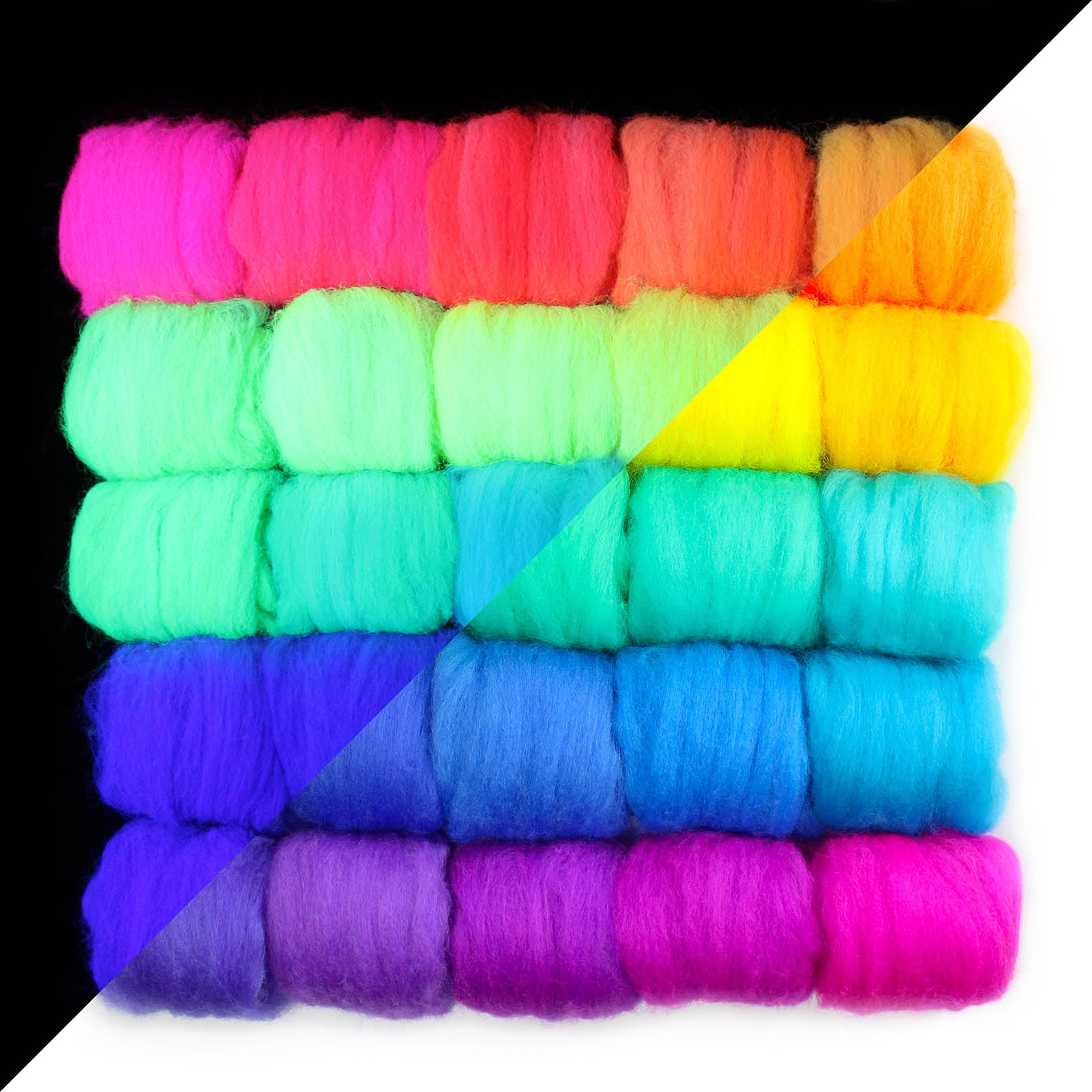
zzfiber.com
I'm building new digital products to enhance the shopping experience for a physical product line that I established over 15 years ago. Zauberzeug has supplied unique products to professional fiber artists and hobbyists since 2009 and offers the largest retail selection of UV-reactive fiber and yarn colors. Colors are dyed according to a standardized and extensible color system to help customers plan and create color-coordinated and consistent end products. I dye premium Merino wool roving and yarn on demand using a scalable process that minimizes waste and cost while ensuring a high degree of color consistency between dyelots.
• HTML, CSS, Google Analytics; currently building new features for matching and recommending products
• Website layout designed in Figma; product listing photos edited in Photoshop and Figma
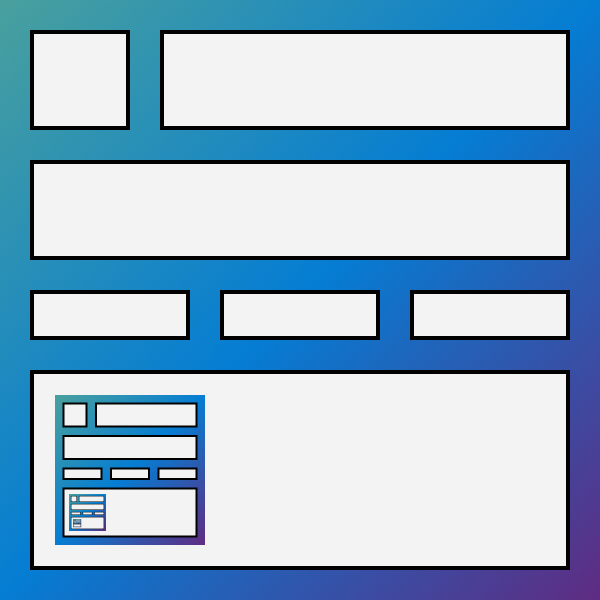
sweeneykate.com (this website)
A simple website to showcase my product development experience and connect with new opportunities.
• HTML, CSS, Google Analytics
• Logo and layout designed in Figma; some icons from svgrepo.com; open-source fonts via Google Fonts
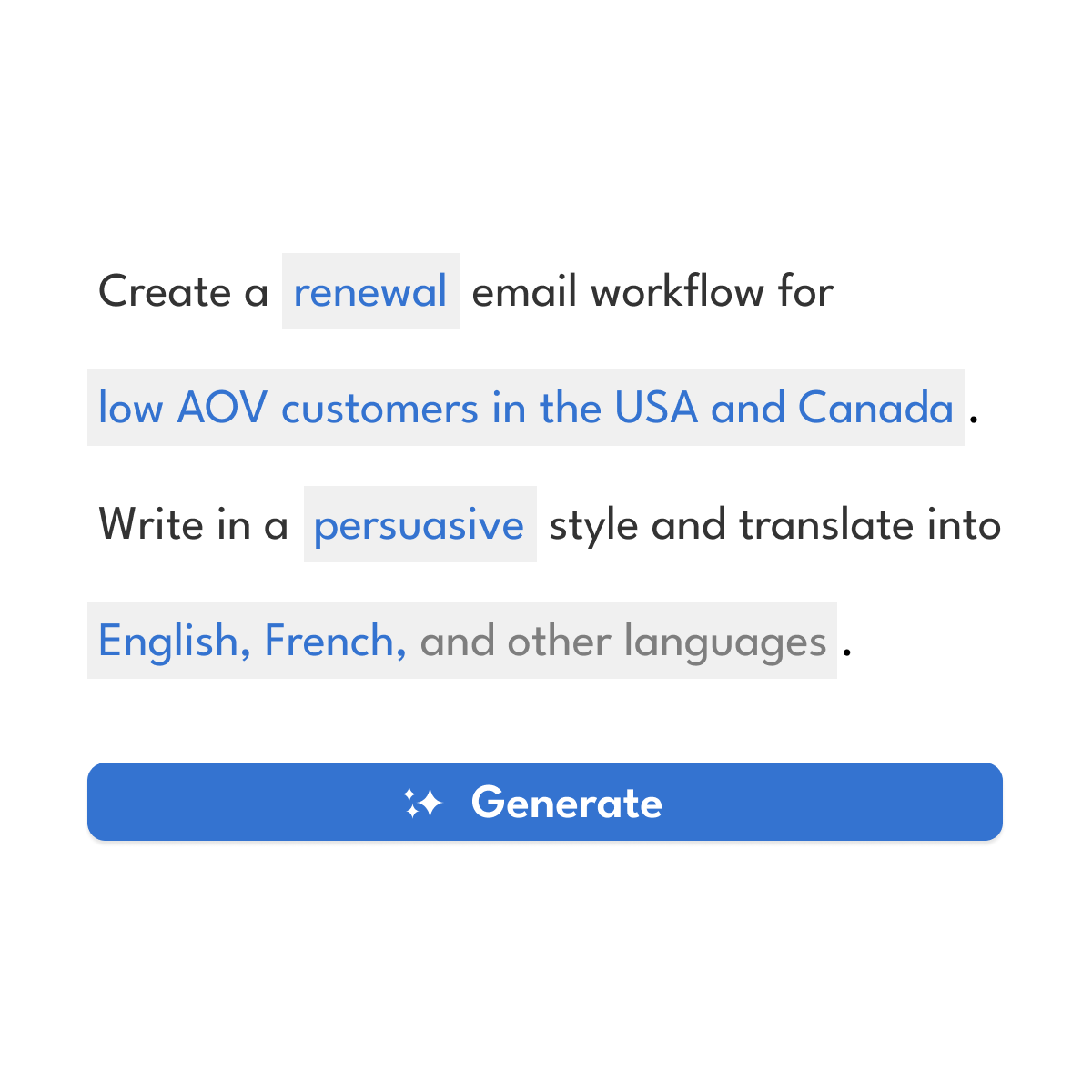
cleverbridge.com
I was a Senior Product Manager (Lead for CleverAutomations) at Cleverbridge in 2024.
A global merchant of record (MoR) for businesses selling B2B and B2C subscription software, Cleverbridge needed to modernize, localize, and automatically generate billing and marketing communication at scale for a wide range of businesses and customers. A legacy system supported bare-bones transactional email automation and offered limited customization options for customers.
At the time I joined Cleverbridge, an internal prototype of CleverAutomations was able to generate basic email workflows, personalized and branded email content, and translations via natural language LLM prompts, but the prototype was unstable and did not support user access for hands-on testing.
I led a globally-distributed team of engineers, UI/UX designers, marketing experts, and other stakeholders in preparing, refining, and releasing a user-facing version of CleverAutomations for live sales demonstrations and direct user testing. I stabilized and prioritized a product backlog and roadmap based on short-term and long-term business goals, led the redesign of user-facing performance dashboards to highlight value added by CleverAutomations, collaborated with professional translators and copy editors to fine-tune LLMs and establish a value proposition for automatic translation drafts, and identified ideal prospective customers by analyzing historical trends in software renewal rates. Targeting an opportunity for market differentiation, I prioritized the development of transparent and explainable ML-driven automatic customer segmentation based on business-specific goals and performance.
Crucially, I established and grew a user testing and feedback loop by joining forces with the Customer Success and Sales teams to pitch CleverAutomations and sign early adopters, setting up CleverAutomations for sustainable success and growth.
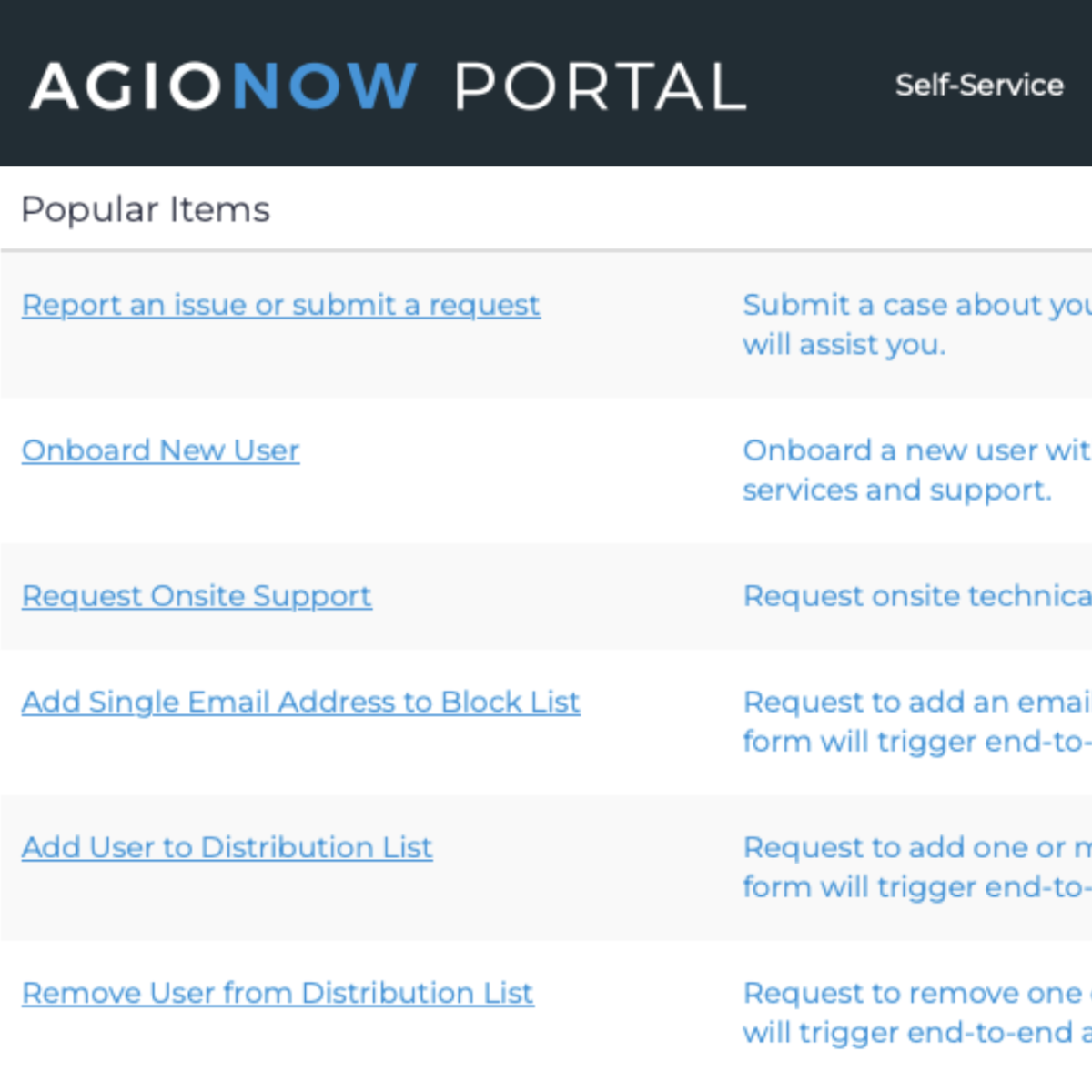
agio.com
I was a Lead Product Manager at Agio from 2021-2023.
Agio is an MSP that provides IT support and cybersecurity services to over 400 hedge funds and other financial firms. To achieve ambitious growth targets, the company needed to scale their highly manual customer support operations to serve larger enterprise clients without proportionally increasing staff.
I joined Agio to lead an initiative that would transform their end user IT support capabilities through AI-enabled automation. After analyzing their support workflows, I discovered that many end user requests could be automated, but support workflows were slowed by ticketing platform limitations, context-switching between multiple SaaS platforms, and a lack of process standardization.
Working closely with support teams, engineers, and executive leadership, I developed a strategic roadmap to iteratively implement and expand individual end user support workflow automations while also setting a foundation for automating many different types of business processes and use cases. I maximized short-term value by deploying low-risk/high-reward partial workflow automations as MVP services and sped up deployment by designing a reusable, secure, and compliant cross-platform workflow automation framework applicable to all types of requests. I gradually increased impact by iteratively expanding our foundational MVP automations into true zero-touch end-to-end automations, and multiplied the impact of each automation service by conditionally connecting individual end-to-end automated workflows to fulfill more complex requests.
From a technical standpoint, I led a remote Agile team in designing and building an extensible cross-platform workflow automation infrastructure including detailed conditional logic for request resolution automation, customer-facing request forms to collect structured data and trigger end-to-end automation, NLP-enabled support ticket auto-categorization, AI-enabled sentiment analysis, and an extensible API integration platform that connected our proprietary services with ServiceNow, the Microsoft Graph API, Salesforce, and other enterprise platforms. I worked closely with engineers, data scientists, and SMEs to develop technical requirements, reporting, and end-to-end tests of each service. To accelerate non-automated support processes and improve customer self-service, I collaboratively developed a role-based LLM-powered chatbot that drafted compliant customer communication for customer support staff, helped external users with basic support issues, and offered RAG-enhanced knowledge search and summarization scoped to internal, external, and client-specific roles.
My work in end user request automation combined strategic and tactical approaches and delivered transformative results for Agio, its clients, and thousands of B2B end users. Throughout the project, I collaborated with department leaders and executive leadership to define OKRs and track KPIs for AI-enabled support automation — notable measures of success included a 50%+ year-over-year improvement in ticket resolution speed, 40% reduction in back-and-forth emails per support ticket, $50K+ annual savings in ServiceNow integration costs, expanded support service capacity, and an improvement in both customer sentiment and internal support team morale. The automation platform established a foundation for Agio's ongoing digital transformation, enabling the company to sustainably scale customer support for its client base while maintaining world-class service standards. The end-to-end automations and product development practices established by this initiative are used daily across the organization.
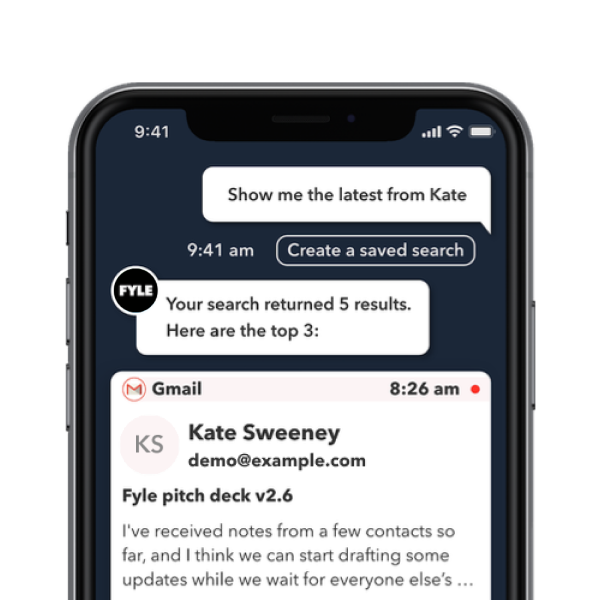
I was Head of Product at Fyle from 2018-2020.
Fyle was an early-stage startup that aimed to eliminate digital overwhelm by using AI to centralize and prioritize cross-platform communication and mobile notifications. From 2018-2020, Fyle developed a B2C personal assistant mobile app that combined multiple machine learning models to normalize, centralize, and prioritize email, SMS messages, and content from Twitter and other social platforms, reimagining cross-platform communication to enhance users' focus and productivity.
As the company's first employee, I partnered closely with the CEO to shape the Fyle mobile app from concept to beta launch. I collaboratively developed Fyle's core value proposition and created pitch decks and product demos that helped to secure over $1M in funding. I led a fully remote engineering team through the 0-1 development of this groundbreaking mobile app, which featured an innovative multimodal AI assistant that supported voice, text, and gesture-based interaction. Fyle AI generated a cross-platform social graph for each user and actively learned the relative prioritization of social contacts and topics through direct feedback as well as general interaction patterns over time.
I proactively ideated new features, created and managed a detailed product backlog, set short-term objectives and sprint goals, and kept the team aligned to an evolving long-term strategic roadmap that continuously balanced user needs with business goals and market opportunities. I translated research insights into technical requirements and user stories, and I developed interactive Adobe XD mockups to guide our engineers and communicate our vision to stakeholders. My UI/UX designs aimed to drive user engagement by interfiling previews of email, social media posts, and text messages in priority order in one feed, with related cross-platform items recommended under the full view of each post or message. We implemented gesture-based direct feedback to continuously train our personalized content prioritization models.
Serving not only as Head of Product but also as Scrum Master, Project Manager, and Product Owner for a fully remote team, I established flexible Agile product development processes that streamlined collaboration and regular communication across multiple time zones and business functions. My experience in leading Fyle's remote team through the 0-1 technical design and development of a mobile-first multimodal personal assistant and ML-enabled content management system has significantly informed my approach to product development across various industries, audiences, and time zones.
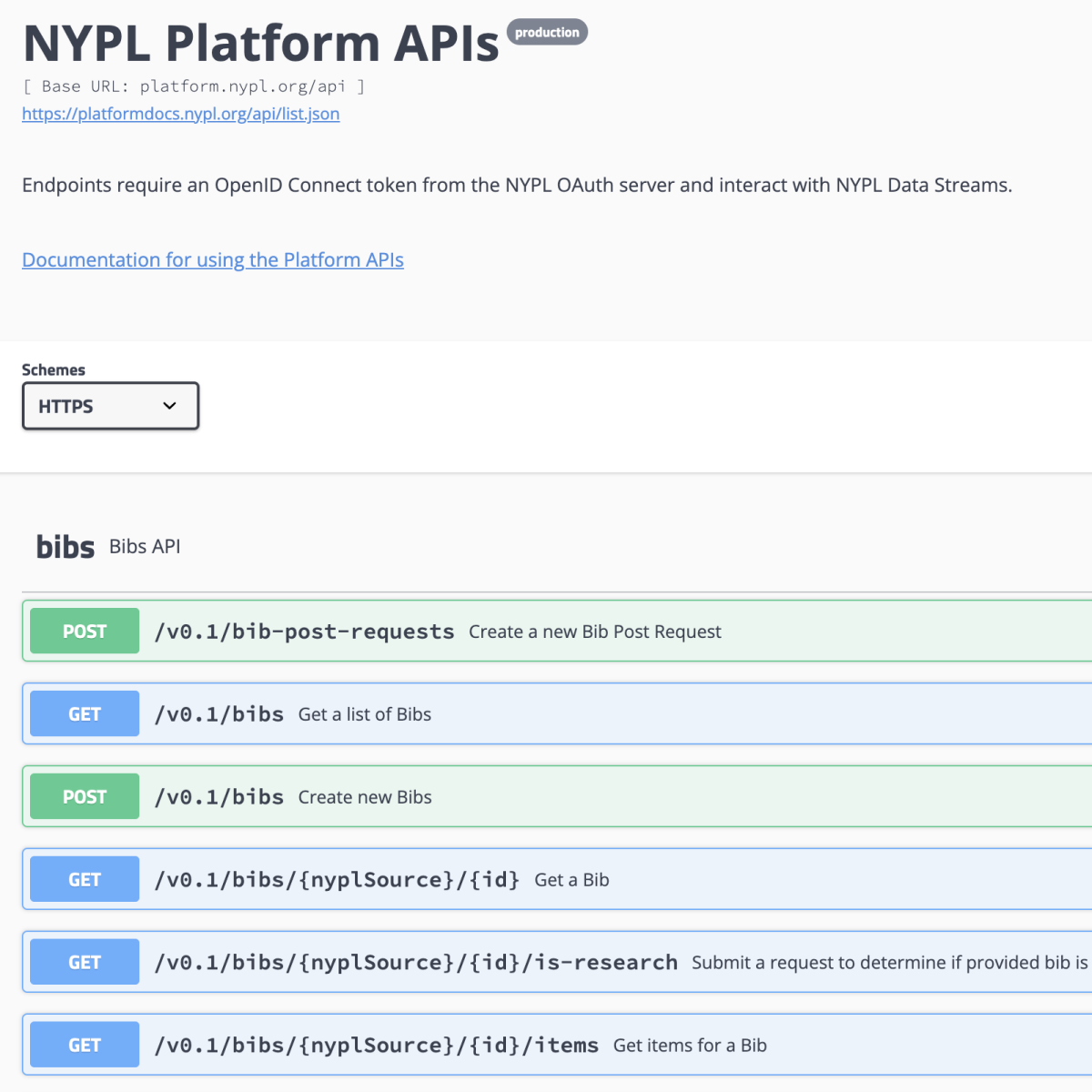
NYPL Platform API docs
NYPL Shared Collection Catalog history
NYPL Research Catalog
I was a Product Manager for Digital Operations at the New York Public Library from 2016-2018.
The New York Public Library serves the public of New York City and researchers located around the world. At the time I joined NYPL, the library was struggling with a multimillion-dollar grant project that had been delayed by significant scope creep. The grant called for a central online catalog from which users could search and request items shared between NYPL, Columbia University, and Princeton University; this was not supported by NYPL's digital infrastructure at the time. With months remaining on the grant timeline, nothing substantial had been built, and the library risked delivering a temporary solution that would fail to meet the long-term needs of NYPL and partner libraries.
My background in managing library systems at the Metropolitan Museum of Art from 2010-2015 uniquely positioned me to bridge the gap between NYPL's talented developers and the experienced librarians who understood NYPL's diverse collections, constraints, and user needs. Shortly after joining NYPL, I took on the challenge of redirecting the grant project to balance the short-term deliverables specified in the grant with long-term strategic goals, including the standardization and automation of circulation workflows across NYPL's many internal collections. I collaborated closely with engineering and Research Collection leads to define and build an extensible foundation to support ongoing modernization and services development in addition to immediate grant requirements.
As part of this grant project, I led the 0-1+ development of NYPL's open source Library Services Platform and Shared Collection Catalog (now the Research Catalog). The Library Services Platform is an extensible collection of API microservices that enables NYPL to seamlessly integrate various systems across NYPL and partner libraries to facilitate normalized, centralized collection indexing, search, rule-based requests, and circulation status updates. This modern digital services architecture not only enabled us to iteratively automate requests and circulation of internal research items, but also fulfilled our short-term grant requirement to centralize the cross-institution search and requests of items owned by and shared between Columbia University, Princeton University, and NYPL in our new Shared Collection Catalog. Upon its launch in 2017, the accessible and extensible Shared Collection Catalog enabled library users to search and request 6M+ additional shared items alongside NYPL's internal Research Collection items for the first time, transforming public access to the Shared Collection and greatly improving its visibility.
Working with stakeholders across multiple organizations, I managed complex requirements, carefully refined short-term and long-term roadmap items, and aligned priorities between librarians, engineers, partner institutions, and executive leadership. I collaborated with the engineering team to lead the Agile transformation of NYPL's Digital Department, introducing sustainable processes that helped us successfully build and launch our grant-based MVP on a very tight timeline and later supported ongoing strategic development towards our North Star vision beyond the initial grant period.
The Library Services Platform and Shared Collection Catalog significantly streamlined request and circulation processes for library users, automated circulation and metadata update workflows for staff, and ultimately reduced operational costs while expanding public access to millions of research materials. In 2017, I received the NYPL Leadership Award for improving access to library collections for 16M+ library users.
The technical foundations and roadmap for this project have proven remarkably durable. Development of backend services and the user-facing catalog has continued along our original vision; in 2021, the Shared Collection Catalog was expanded to become NYPL's overall Research Catalog. The Shared Collection itself has also expanded to include materials from a new partner, Harvard University. NYPL users can now discover and request shared resources from Harvard through the Shared Collection Catalog, a testament to the forward-thinking design principles and commitment to growth that guided our development from the start.
I believe that successful product leadership is built on empathy, humility, technical aptitude, and intellectual curiosity — it's a commitment to inquire, learn, and adapt to an ever-changing world by fostering continuous improvement.
Key product leadership skills that I've developed over the course of my career include 0-1+ product ideation and strategic roadmapping, leading globally-distributed remote teams through Agile product development, mediating stakeholder conflicts and aligning cross-functional priorities, building cross-functional relationships and open lines of communication, leading internal and external product demos/presentations, developing growth strategies for platform products, building AI-enabled automation strategies, establishing and maintaining user feedback loops, iterative backlog prioritization for individual products and portfolios, product requirements documents, professional mentorship, value-oriented OKR and KPI development, and competitive research.
That's a long list, but I think it captures the variety of my typical day as a product manager (and it might help with SEO). I never tire of researching and learning new things, and I sincerely enjoy working with engineers, designers, end users, executive leadership, and everyone else who wants to solve problems and build new things.
• Primary product management tools: Jira, Confluence, Productboard, Figma/FigJam, Visio, Navattic (for quickly building interactive product walkthroughs), Google Workspace, Microsoft 365, Zoom, Slack, Google Analytics, Pendo, and all tools listed below.
• Favorite newsletters: TLDR, Medium Daily Digest, CIO Upside
As a product manager, I often serve as the "glue" between engineers, designers, customers, subject matter experts, and the many other stakeholders involved in developing products and portfolios. That said, I'm not just a go-between — I'm always on the lookout for opportunities, sketching out ideas, and ready to lend a hand (or eye, or ear) to designers as needed.
I've honed skills in UI/UX and process design through professional experience, personal projects, and formal education. I have substantial experience in service design, responsive UI design, cross-platform and multimodal UI/UX design systems, building user personas, user journey mapping, refining designs to increase user engagement and sentiment, and even graphic design for printed products.
• Primary design tools: Figma for wireframes and interactive mockups, Adobe Creative Cloud (especially Photoshop, Illustrator, XD, InDesign, Audition)
One of my favorite parts of product management is collaborating closely with engineers to build solid, extensible foundations for new and growing products. I transitioned from librarianship to digital product management at the New York Public Library, where I connected a large team of talented engineers with an even larger network of experienced librarians to develop the initial release of NYPL's foundational Library Services Platform and an extensible, accessible online catalog (now the Research Catalog). I've since led the development of multiple cutting-edge AI platform products and learned full-stack development to build my own products from 0-1.
Skills I've developed along the way include collaborative technical requirements development, streamlining Agile processes to guide rapid iterative development, cross-platform workflow design, extensible platform design, hands-on prototyping and testing, LLM-assisted coding, REST API integration, LLM integration and prompt engineering, digital twin modeling, image segmentation, database design, metadata management, ETL processes, auto-categorization via NLP, test-driven development, and collecting/applying results from engagement and performance analytics.
• Development skills: I'm able to create functional prototypes using Node.js, React (experienced in Vite and Next.js 14+), Python, SQL, vanilla JavaScript, HTML, and CSS. Although I have built and deployed several publicly-available apps and websites as personal projects, I don't consider myself a production-level developer — in a professional setting, I primarily test code and collaborate closely with professional engineers in developing technical requirements.
• Primary development tools: Visual Studio Code, Sublime Text, JupyterLab, Google Colab, GitHub, Postman, Swagger, Vercel, Supabase.
B.A. in Visual and Environmental Studies, 2010
M.S. in Information and Knowledge Strategy, 2016